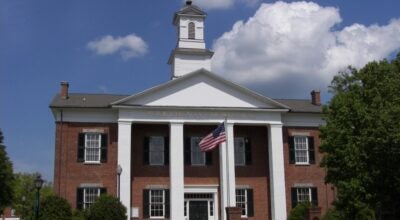Joint water line near completion
Published 1:55 pm Wednesday, November 17, 2010
Columbus, Saluda and Tryon are nearing the day when they can transfer water among themselves.
The joint water line between Tryon and Saluda along Howard Gap Road and a storage tank have been completed and tested. The only remaining portion of the construction project, according to Tryon Town Engineer Joel Woods, is to install the control system that operates the system. Work to install the control system is scheduled to be done the last part of this month and the first weeks of January.
A booster pump has also been completed along Hwy. 108 across from old N.C. 19. The pump will have the ability to pump water from Columbus into the Tryon system and then to Saluda.
We should have all testing and trial runs complete and put the system in operation by the end of February, Woods said.
Another step in the joint water line project is for all three towns to approve an interlocal agreement to operate the joint system.
An estimated 26 customers in the Saluda area have already agreed to tap onto the line.
The towns decided a few years ago to connect their water sources in an effort to provide back-up sources for each town. The decision was made during a severe drought, when mandatory water restrictions were placed on each town. During the same time period, the towns were considering joining a water authority with Polk County but decided to go on their own for back-up options.
The line will enable Tryon and Saluda to exchange water from Tryons water plant and Saludas City of Hendersonville water source. The project also includes putting a valve on a line that connects the water supplies of Columbus and Tryon. Previously Tryon could supply Columbus with back-up water but water could not be sent from Columbus to Tryon. The new valve will enable Columbus to send water to Tryon.
The project was divided into three components, including the construction of the water line, the construction of an 85,000 gallon storage tank and the repair of the raw water line and intake structure.
The three towns shared a $1.73 million grant for the project from the N.C. Rural Center as well as a $300,000 grant from the Appalachian Regional Commission. Each town is financing one third of a $1.43 million North Carolina Drinking Water Fund no interest loan as its local share of the grant. All towns will have to pay the first year of financing for the loan during this fiscal year, which began on July 1.





